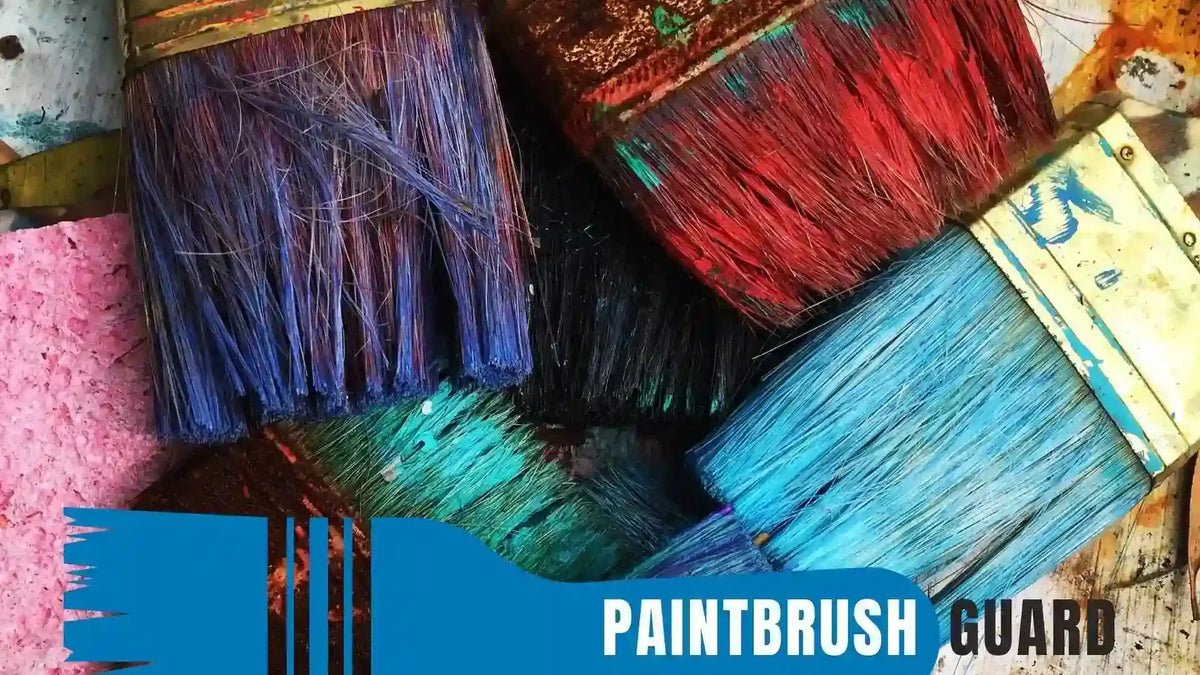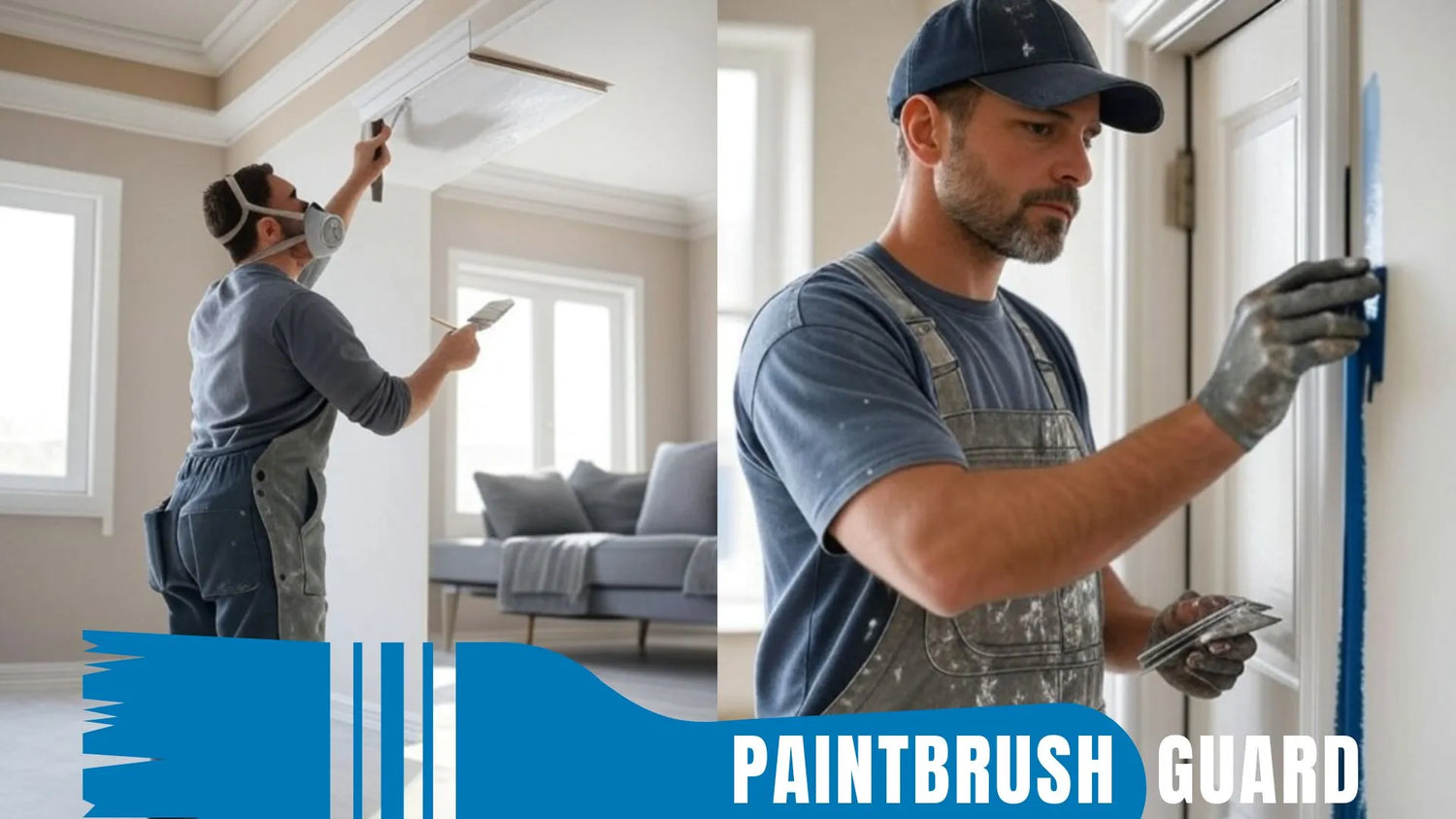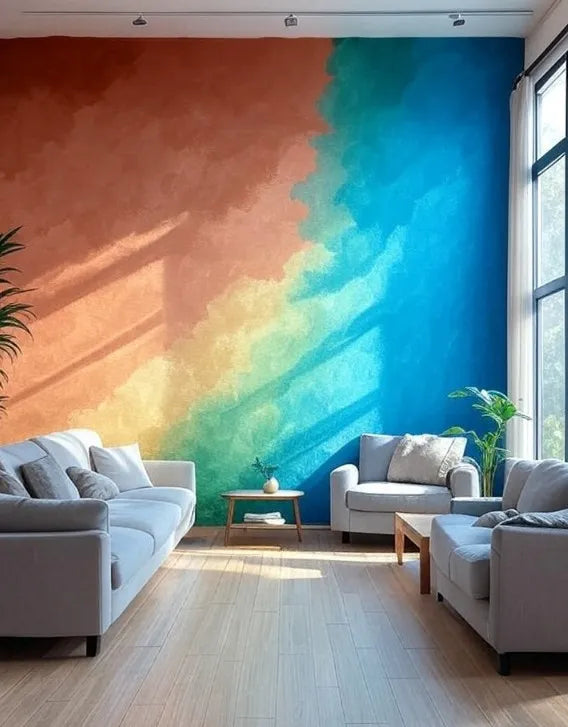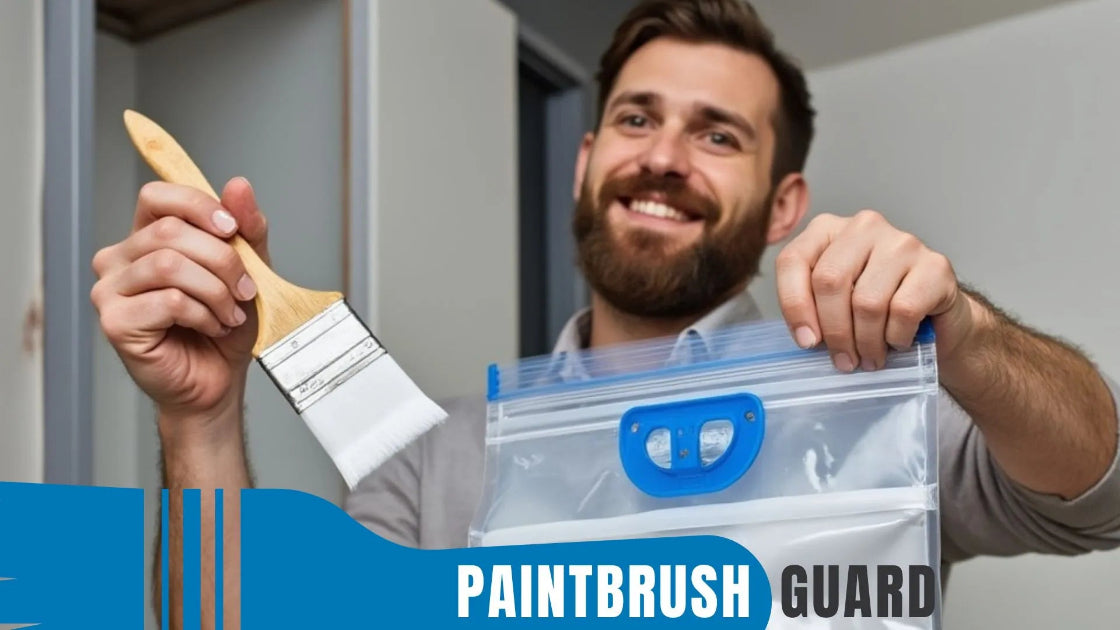
Common painting mistakes and how to avoid them
|
Time to read 5 min
|
Time to read 5 min
This guide highlights the most frequent errors DIYers make and offers practical solutions to ensure your painting project shines.
By understanding common painting mistakes to avoid you can achieve a professional looking finish without frustration or costly fixes.
Whether you’re refreshing a bedroom or tackling an exterior wall, knowing these painting mistakes to avoid will save time, money, and effort.
Click on this link to find house painting guides and innovative tools to help you with your home improvement painting project.
DIY painting is an accessible way to transform your home, but small missteps can lead to big problems like uneven coverage, peeling paint, or wasted supplies.
Learning the painting mistakes to avoid ensures a smooth process and a durable, polished outcome.
For beginners and seasoned DIYers alike, sidestepping these errors means better results with less stress, making your home improvement project a success.
Here are the most common painting mistakes to avoid, along with actionable tips to keep your project on track.
One of the biggest painting mistakes to avoid is neglecting to prep your walls. Dirt, grease, or uneven surfaces can prevent paint from adhering properly, leading to a patchy or peeling finish. To fix this, clean walls thoroughly with a mild detergent and water, focusing on high-traffic areas like kitchens.
Repair cracks or holes with spackling paste, sand them smooth, and apply a primer to create a uniform base. Proper preparation ensures your paint sticks well and looks flawless.
With no cleanup required after a painting session, you can take a short break mid-project or wrap up your painting for the day, your brush stays ready without the need to clean.
Selecting the wrong paint type or finish is a frequent painting mistake to avoid that can ruin your project. For example, using flat paint in a bathroom can lead to mold growth, while glossy paint on imperfect walls highlights flaws.
Research the best paint for your space—latex for most interiors, oil-based for trim, or mildew-resistant for humid areas.
Choose finishes like eggshell for living rooms or semi-gloss for kitchens based on durability and light reflection needs. Checking paint specifications prevents this painting mistake to avoid.
Skipping primer is a classic painting mistake to avoid, especially on bare drywall, stained surfaces, or when switching to a lighter color. Without primer, you may need multiple coats, increasing costs and time.
Use a high-quality primer suited to your surface to seal it and ensure even color application.
For instance, a stain-blocking primer is ideal for covering watermarks. Applying primer avoids this painting mistake to avoid and enhances your paint’s vibrancy and longevity.
Painting interior walls? Our 10-step beginner guide with product recommendations ensures a flawless, professional finish for any room.
Cheap brushes and rollers can lead to streaks, shedding bristles, or uneven coverage, making them a key painting mistake to avoid. Invest in quality tools, like synthetic brushes for latex paints or foam rollers for smooth surfaces.
A good roller cover, for example, holds more paint and applies it evenly. While quality tools cost $5–$15 more, they save time and deliver a professional finish, helping you sidestep this painting mistake to avoid.
Committing to a color without testing is a risky painting mistake to avoid. A shade that looks perfect in the store may clash with your lighting or decor. Buy sample pots and paint large swatches on your walls, observing them at different times of day.
This small step prevents the costly error of repainting an entire room. Testing colors ensures you avoid this painting mistake to avoid and find a hue that suits your space.
Discover the best budget interior paint sprayers for 2025! Our detailed guide reviews the top 3 affordable interior paint sprayers for house interior painting.
To further steer clear of painting mistakes to avoid, keep these strategies in mind. Work in a well-ventilated area to reduce fumes and improve drying. Apply thin, even coats rather than thick layers to prevent drips and ensure smooth coverage.
Check the weather if painting outdoors—avoid rainy or humid days to prevent bubbling or slow drying. Finally, clean up properly by storing leftover paint in airtight containers and disposing of waste at a hazardous waste facility.
These habits reinforce painting mistakes to avoid and keep your project eco-friendly and efficient.
Failing to address painting mistakes to avoid can lead to wasted time, money, and materials. For example, skipping primer might mean buying extra paint to cover stains, while poor tools can force you to redo a streaky wall.
These errors not only increase costs but also dampen the satisfaction of a DIY project. By planning ahead and following these solutions, you’ll achieve a durable, beautiful finish that makes your effort worthwhile.
This guide showcases the top 8 gray paint colors, available on Amazon, selected based on current popularity, including favorites like Agreeable Gray.
Painting your home is a fantastic way to refresh your space, but avoiding common pitfalls is key to success. By addressing the painting mistakes to avoid—like skipping prep, choosing the wrong paint, or neglecting primer—you can achieve a professional-quality result.
Take the time to clean, prime, test colors, and use quality tools to ensure your project shines. With these tips, you’ll sidestep painting mistakes to avoid and create a stunning, long-lasting transformation in your home.
Skipping surface preparation is a major painting mistake to avoid as dirt, grease, or uneven surfaces can cause patchy or peeling paint. Cleaning with detergent, repairing cracks with spackling paste, sanding, and priming create a smooth, adhesive base for a flawless finish.
Selecting the wrong paint or finish, like using flat paint in humid areas or glossy paint on flawed walls, can lead to mold or highlighted imperfections. Choosing latex for interiors, oil-based for trim, or mildew-resistant paints for bathrooms avoids this painting mistake and ensures durability.
Skipping primer is a common painting mistake to avoid, especially on bare drywall or stained surfaces, as it leads to uneven color and extra coats. Using a high-quality, surface-specific primer, like stain-blocking for watermarks, ensures better coverage and longevity.
The Paintbrush Guard prevents the mistake of using low-quality tools by keeping brushes wet and ready between coats, reducing streaks and cleanup time. This eco-friendly tool supports a professional finish by maintaining brush quality, helping avoid painting mistakes.
Committing to a color without testing is a risky painting mistake to avoid, as lighting and decor can alter appearance. Painting large swatches with sample pots and observing them at different times of day ensures the chosen color suits your space, preventing costly repaints.

Learn about eco-friendly painting, tips and tutorials on house interior and exterior surfaces, so you can get started with your project without any surprices during or after your painting.

Learn how interior house paint colors influence mood with expert tips on room preference so you can pick the best colors for a harmonious home environment.
We focus on the most popular shades for each interior colors, so you don't miss no matter what color you pick.

Learn how this innovative tool allows you to store paintbrushes without the need for immediate cleaning, offering significant advantages in time savings, water conservation, reduced chemical pollution, and lower costs for supplies.

